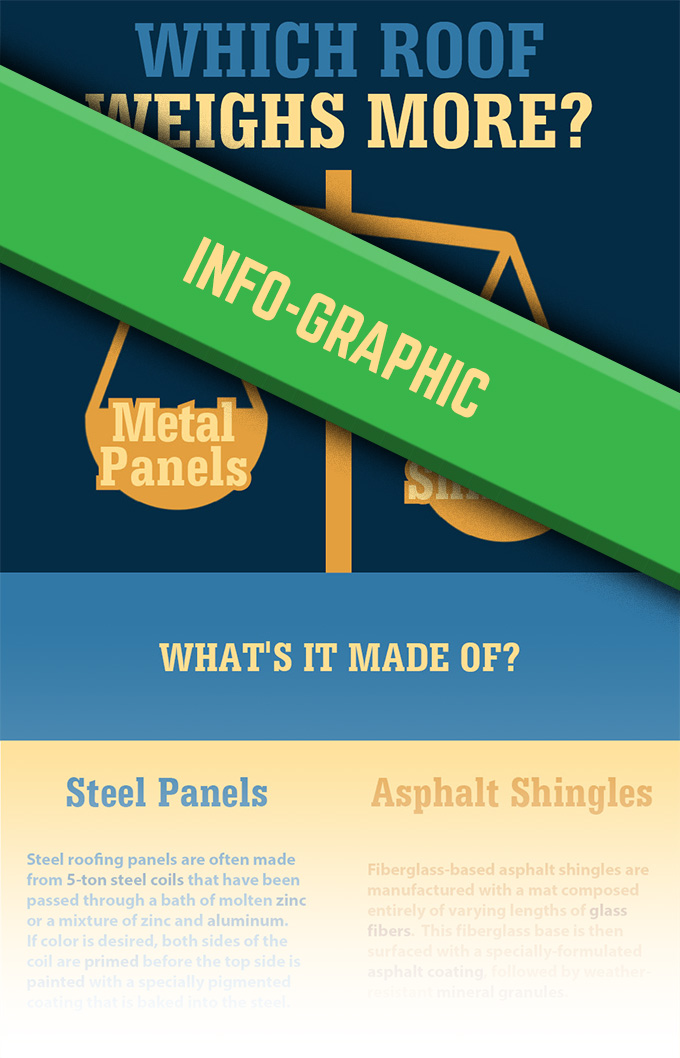Understanding Solar Panel Modern Technology And How It Functions: A Beginner'S
Understanding Solar Panel Modern Technology And How It Functions: A Beginner'S
Blog Article
Web Content Created By-Kofod Enevoldsen
So, you've found out about photovoltaic panels and their prospective to produce electricity from sunshine, however exactly how specifically do they work? Comprehending the complex innovation behind solar panels can be an interesting journey into the world of renewable resource. From the basic principles of solar batteries to the complex parts that compose a photovoltaic panel system, there's an entire realm of expertise waiting to be discovered. Let's unwind Learn Additional Here of solar panel technology with each other.
Photovoltaic Panel Technology Principles
To truly comprehend the essence of solar panel technology, you must delve into the basic principles that underpin its functionality. Photovoltaic panel contain solar batteries, typically made from silicon, which have the amazing ability to convert sunshine right into electrical power through the photovoltaic result. When sunshine hits the cells, the photons in the light interact with the silicon atoms, triggering the electrons to damage devoid of their atomic bonds. This creates an electric current that can then be utilized for powering various devices.
The key component of solar panels is the semiconductors within the photovoltaic cells, which promote the conversion of sunshine right into usable electricity. These semiconductors have both positive and adverse layers, developing an electric field that enables the circulation of electrons.
This flow of electrons, when attached in a circuit, produces straight current (DC) electricity. Recognizing these standard concepts is critical for valuing how photovoltaic panels can harness the sun's power to power homes, companies, and also satellites in space.
How Solar Panels Generate Electrical Energy
Solar panels harness the sunlight's power by transforming sunshine right into electrical energy through a process referred to as the photovoltaic impact. When sunlight hits the solar panels, the photons (light fragments) are soaked up by the semiconducting products within the panels, generally made of silicon. This absorption creates an electrical current as the photons knock electrons loose from the atoms within the material.
https://2000wattsolarpanel98754.myparisblog.com/33230630/breast-typical-misconceptions-regarding-solar-power-to-discover-the-reality-and-make-notified-choices-for-your-home-s-power-needs within the solar cells then force these electrons to stream in a particular instructions, producing a straight existing (DC) of electrical energy. This straight current is after that passed through an inverter, which converts it right into alternating current (AC) power that can be utilized to power your home or company.
Excess power produced by the photovoltaic panels can be saved in batteries for later usage or fed back into the grid for credit report via a process called internet metering. Comprehending how photovoltaic panels produce electrical power is crucial to valuing the environmental and cost-saving advantages of solar energy systems.
Comprehending Solar Panel Components
One vital facet of photovoltaic panel technology is understanding the different elements that compose a photovoltaic panel system.
The key elements of a solar panel system include the solar panels themselves, which are composed of photovoltaic cells that convert sunshine into electricity. These panels are placed on a framework, often a roof covering, to capture sunlight.
In addition to the panels, there are inverters that transform the direct current (DC) electrical power generated by the panels into alternating present (AC) electrical energy that can be made use of in homes or businesses.
The system also includes racking to support and place the photovoltaic panels for optimal sunlight exposure. Additionally, cords and ports are vital for delivering the power produced by the panels to the electrical system of a building.
Last but not least, a surveillance system might be consisted of to track the performance of the solar panel system and guarantee it's working effectively. Comprehending these elements is essential for anybody aiming to install or make use of photovoltaic panel innovation properly.
Conclusion
Since you comprehend the fundamentals of photovoltaic panel innovation and how it functions, you can value the power of utilizing sunshine to generate clean and renewable energy for your structure. By utilizing the photovoltaic impact and components like inverters and keeping track of systems, you can add to a more lasting future while also possibly minimizing energy prices. Keep discovering and discovering the opportunities of solar power for a greener tomorrow.
